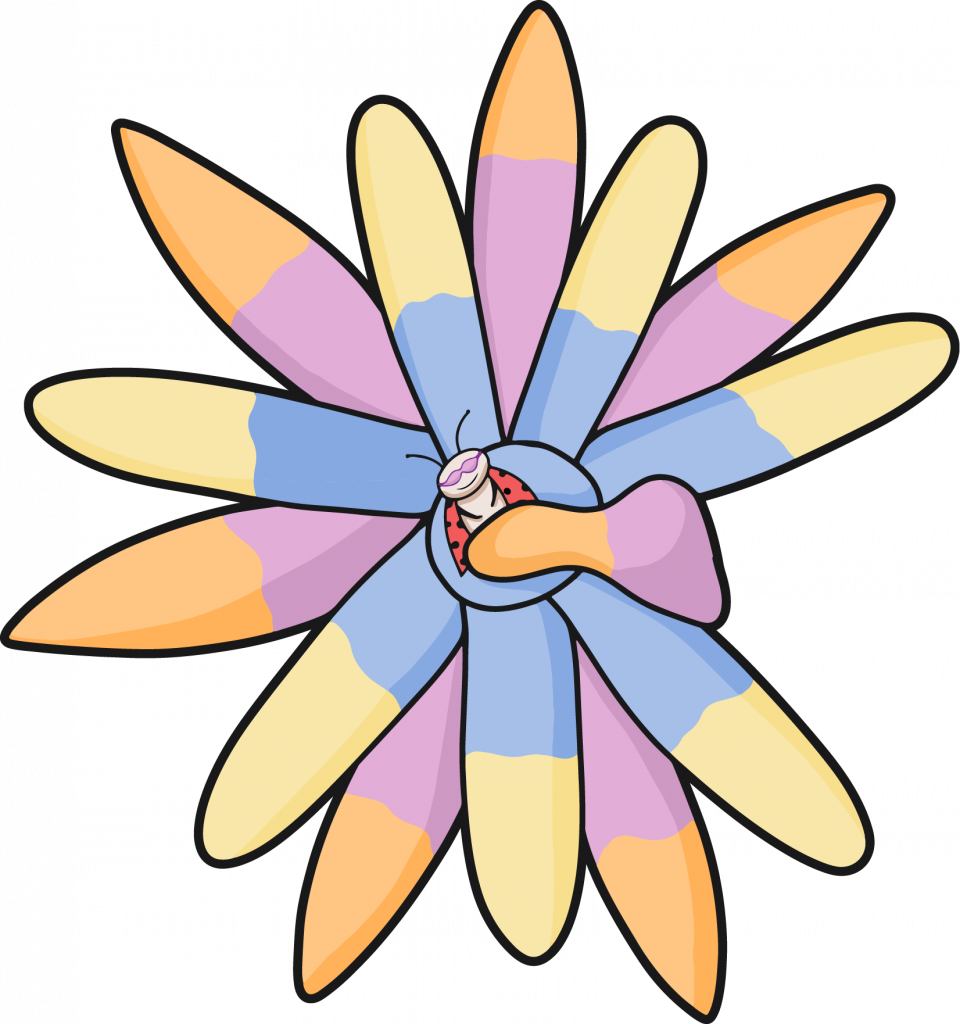Activity 1: Setting healthy boundaries
This activity is designed to help you make decisions about how you use your energy and how to set boundaries that will support your health and wellbeing.
How often have you attended an event, said yes to something, or done something when you were too tired? We often talk about setting boundaries, but how many of us actually set healthy boundaries in our lives?
Consider what boundary setting would look like to you. Think about whether you apply those principles in your life. Reflect on the following questions to help you consider what boundaries you may need to set:
Are the majority of home duties left to you?
Are you studying and balancing many things?
Do you always feel you need to say yes when asked to do a task or attend events in case others judge or think less of you?
Do you often feel like you have no energy left from doing too much?
Are you working and raising a family?
Do you believe you don’t need, or have time, to rest and recover?
Do you mostly put everyone else’s needs before your own?
Setting a healthy boundary means:
That we know what it is we want, and
We are clear with others about what we expect from them.
You can set healthy boundaries by putting your needs first and asking other people to respect those needs. Be prepared to respect the boundaries of others too, as they are also practicing self-care!
For more information on how to set healthy boundaries and caring for self in different situations you can explore the links below.
- https://www.neve-plainenglish.wwda.org.au/level-4-page/saying-no-and-setting-boundaries
- https://www.neve-plainenglish.wwda.org.au/calm-space
- https://www.relationshipsvictoria.org.au/news/setting-healthy-boundaries-230328/
Setting your boundaries
Use the fields below to identify some of your needs that require a healthy boundary to be set. We have provided an example for you to see how to complete the task. Start with the needs you feel uncomfortable setting boundaries for. These are likely to be the ones you need to practice the most.
Example:
What is your need?
I can’t attend events with too many people because it affects my mental health.
What is the boundary you would like to set?
I would be happy to come to the event early on and leave before others arrive.
How will you ask for it?
I will be clear with my needs stating that I can only attend if I can leave early.
Now your turn:
Can you think of another need/boundary?
Perhaps you may be able to think of a third:
If you can think of any more:
11. Relationships Victoria. (2023, March 28). Setting healthy boundaries. Relationships Victoria. https://www.relationshipsvictoria.org.au/news/setting-healthy-boundaries-230328/

